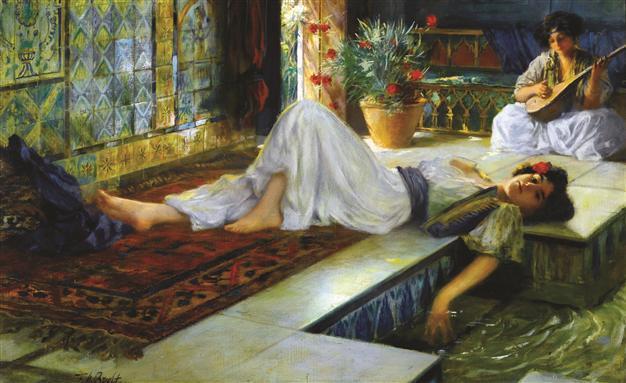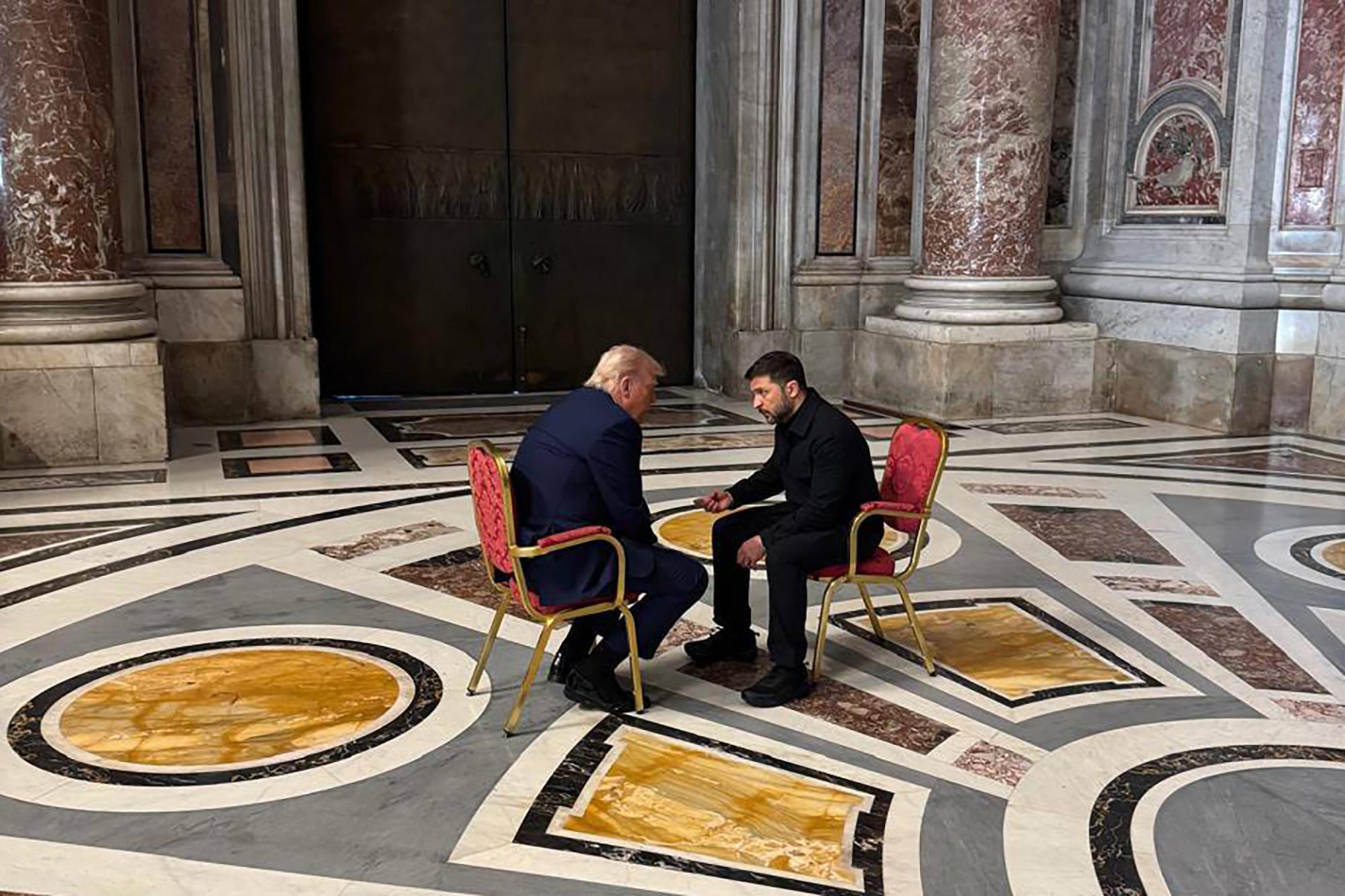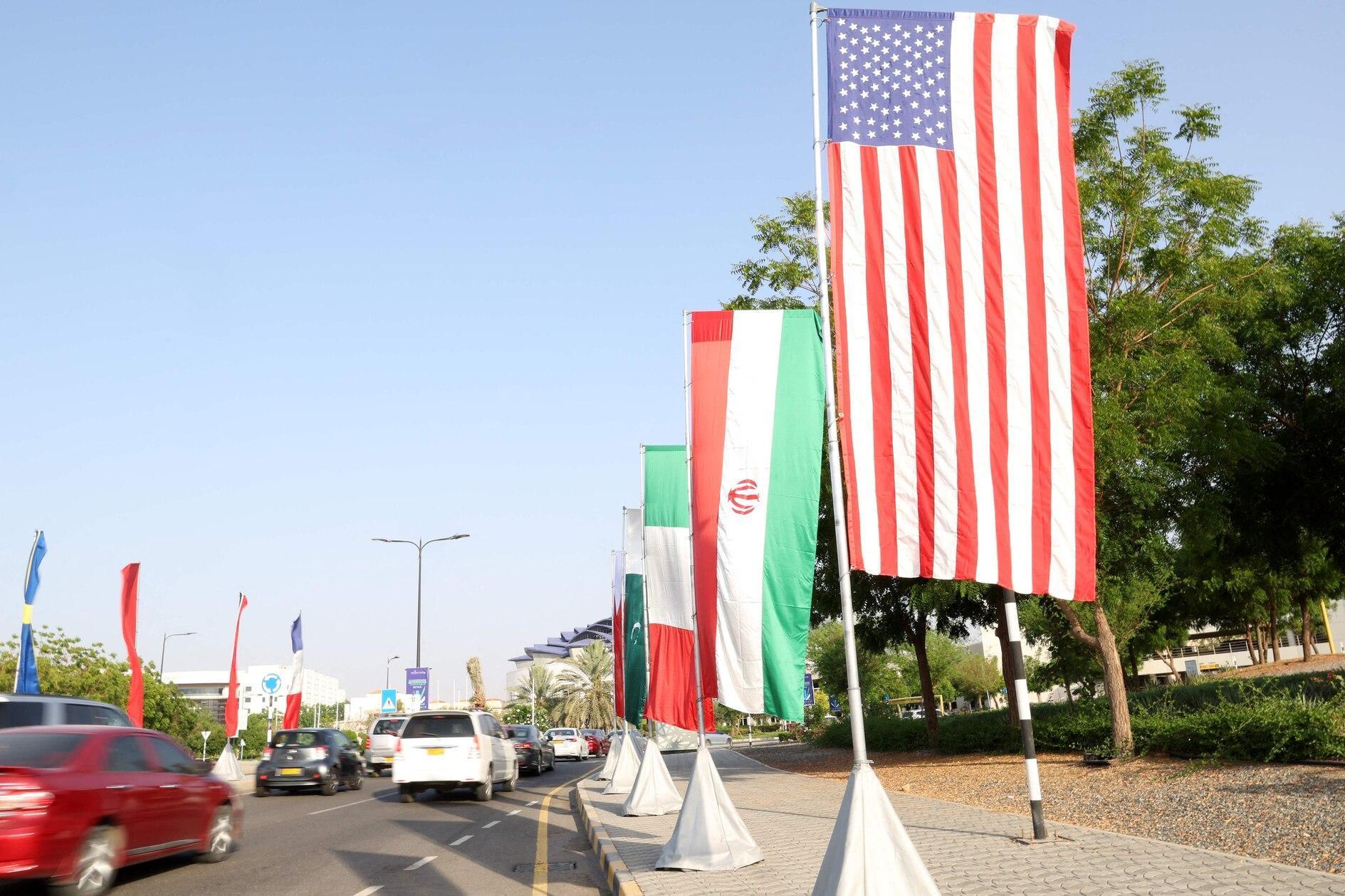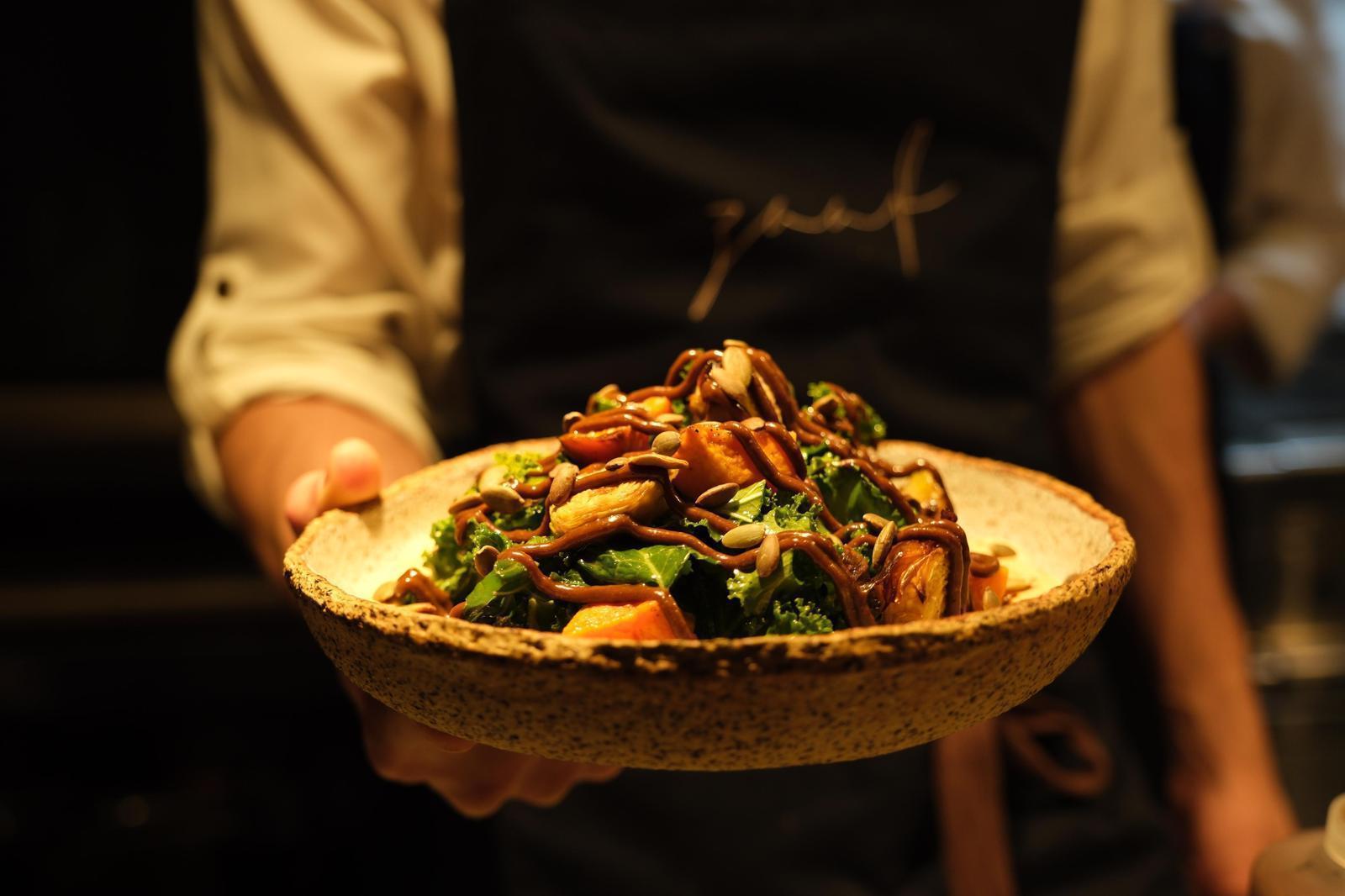Orientalist views of Turkey under hammer at auction
ISTANBUL- Hürriyet Daily News

The Orientalist Sale is part of Sotheby’s Art of the Middle East and Turkey week and will be on view alongside the biannual Art of the Islamic World auction.
Orientalist artistic projections of 19th-century Turkey will go under the hammer next week in London as Sotheby’s presents four key works representing contemporaneous Western approaches to the late Ottoman Empire.The Orientalist Sale on April 23 is part of Sotheby’s Art of the Middle East and Turkey week and will be on view alongside the biannual Art of the Islamic World auction, which will take place on April 24. A further selection of views of Turkey will be offered as part of Sotheby’s London sale of 19th-century European Paintings on May 23.
European artists’ views
The four works are by the Italians Alberto Pasini, Herman Corrodi and Ippolito Caffi, as well as Frenchman Germain Fabius Brest.
Pasini’s “Market Day” (1826-1899) is a rich example of the artist’s carefully observed, naturalistic market scenes, and was painted when Pasini was at the height of his career. “Mercato turco” (Turkish Market) is one of the titles by which the present work has been known. Pasini expertly captures the bustle and diversity of the setting: women in their veils, traders both negotiating deals and awaiting customers, riders with their mounts, and men playing a board game. Pasini first traveled to Constantinople on his landmark journey to the east in 1855, which began his year as an Orientalist painter. “Market Day,” painted in 1884, exemplifies the artist’s reputation as both a fine draftsman and meticulous colorist.
“The Fountain of the Sweet Waters of Asia, on the Bosphorus” by Corrodi (1844-1905), depicts the mouth of the Göksu stream, formerly known as Guiuk-Suey, on the Asian shores of the Bosphorus some seven miles north of the Golden Horn. In the distance, silhouetted against the horizon, are the domes and minarets of Constantinople, while to the left is the freshwater stream of Göksu itself and, behind the viewer, lies Anadolu Hisarı (Castle of Asia). This verdant site was a popular and fashionable spot for the people of Constantinople to relax and socialize, shaded by the trees and refreshed by the sweet waters of the Göksu fountain.
On the other side of the stream lies the Küçüksu Palace, a summer residence of the Ottoman sultans. The “Sweet Waters of Asia,” as the pleasure ground came to be known, gave Western visitors an excellent opportunity to observe Ottoman life, and depictions of the area frequently appear in 19th-century literary accounts and artistic representations. Here, Corrodi presents a particularly harmonious and peaceful view of Constantinople life, from wealthy women with their yashmak veils and parasols in the center right, stall traders displaying their wares, and ferrymen and their passengers on the Göksu.
“Sunrise over the Golden Horn” by Caffi (1809-1866) is a panoramic view from the Eyüp Heights south along the Golden Horn, with the Tower of Galata and the domes and minarets of the Hagia Sofia and the Blue Mosque visible in the distance. In the foreground, by the water’s edge, stands the Eyüp Sultan Mosque.
The first mosque
It was the first mosque constructed by the Ottoman Turks following their conquest of Constantinople in 1453. Often described as the world’s greatest natural harbor, the Golden Horn, on the European side of the city, flows into the Bosphorus at Seraglio Point. According to legend, the Byzantines threw so many valuables into it during the Ottoman conquest that the waters glistened with gold. “Fishermen on the Bosphorus near Scutari,” by Fabuis Brest (1823-1900), takes its title from the barracks which, in turn, took their name from Sultan Selim III, under whose rule they were constructed. As part of the renovation during the 1840s, the corner towers visible in the present view were added, and during the Crimean War of 1854-56, the barracks were used by the British Army as a military hospital. Fabius Brest spent four years living in Asia Minor, from 1855 until 1859, during which time he produced a series of paintings depicting Constantinople.

















